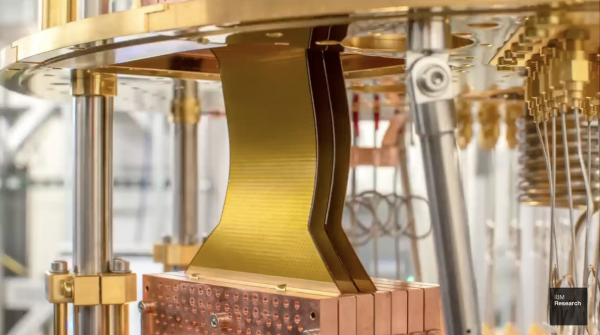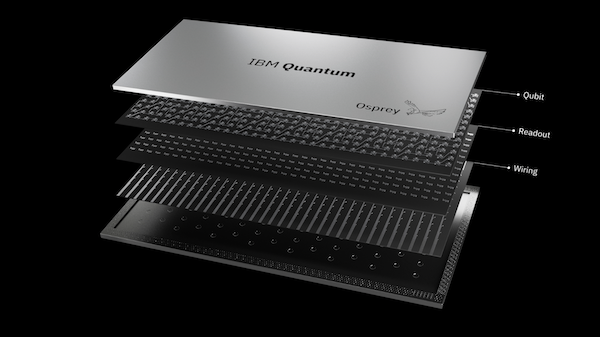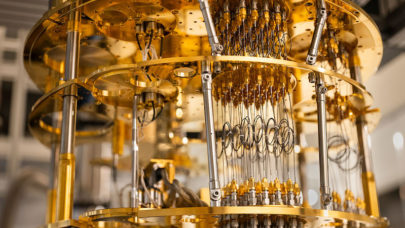Yesterday, IBM announced its newest quantum processor – Osprey – introduced last December is now accessible as an “as an exploratory technical demonstration” on IBM’s cloud. Jay Gambetta, IBM VP of Quantum, made the announcement through a LinkedIn posting, which seems a little unusual. At the moment, 413 of the device’s 433 qubits, are accessible. Here’s an excerpt:
“I’m excited to announce that our first IBM Quantum Osprey processor, ibm_seattle (https://lnkd.in/dHv4QDU9), is now live for access as an exploratory technical demonstration on our cloud services. We’re excited to introduce this largest quantum processor by accessible qubit count realized to date, which is based on the heavy-hex architecture and cross resonance gate scheme as in our previous processors (Falcon, Hummingbird, and Eagle),” wrote Gambetta.
“As we described at our Quantum Summit 2022 (https://lnkd.in/dNpCJB8G), Osprey brings together several key technologies to enable its scalability, including novel elements in the packaging, scalable high-density flex cabling, and Generation 3 control electronics. At the moment, you can access 413 of the 433 qubits and the device performance is consistent with Eagle R1 due to the lock in on design (https://lnkd.in/dJa9MU5y), and we are continuing to learn on our internal R2 device.”

In the LinkedIn post, he emphasized Osprey is an exploratory device and said the reduction in the number of accessible qubits “reconfirms” why IBM needs to move quickly from coaxial cables to using flexible, high density cable connectors throughout its system. Indeed, building these systems, housing them in dilution refrigerators, and maintaining connections to the QPU is a huge challenge. When Google did its quantum supremacy experiments on its Sycamore processor – the work was actually done using 53 qubits instead of 54 because connections to one qubit broke.
Osprey was scheduled to be available for user access in Q1 so this is close to that target.
IBM has laid out an aggressive roadmap that includes delivery of a 1100-qubit processor this year. At its Quantum Summit last December, IBM showcased a new cryogenic, flexible, high-density cable technology under development. IBM has a history of hitting its milestones and the fact that Osprey is only being opened for access now hints at the challenges of scaling up quantum computing systems.
At last year’s introduction of Osprey, Dario Gil, IBM senior vice president and director of research, said, “Osprey [is] by far the largest processor ever created in the world of superconducting qubits. Last year when we announced Eagle with 127 qubits – it was the first time anybody had built across the 100-qubit barrier. With Osprey, it brings all of the technologies we’ve been building over the years including 3D integration, multi-layer wiring, being able to separate the qubit control plane from the connectivity and the readout planes. It’s a tour de force in terms of materials, devices, packaging, and on the quantum processor itself.”
Next up are two processors planned for 2023. Condor, at 1,121 qubits, and Heron, at a more modest 133 qubits, but with many features necessary for connecting multiple QPUs together into a larger system. Taken together, says IBM, advances in these two QPUs help set the stage for larger hybrid architectures. Longer term, as shown on the roadmap above, IBM plans to introduce Crossbill (408 qubits) and Flamingo (1,386+ qubits) in 2024, leading to Kookaburra (4,158+ qubits) in 2026.*
The use of LinkedIn to convey the first notice of public access to Osprey seems unusual; often IBM will have a fairly extensive blog or two around milestones achieved and perhaps one is forthcoming. Here’s the LinkedIn link.
*As reported in HPCwire in december




























































